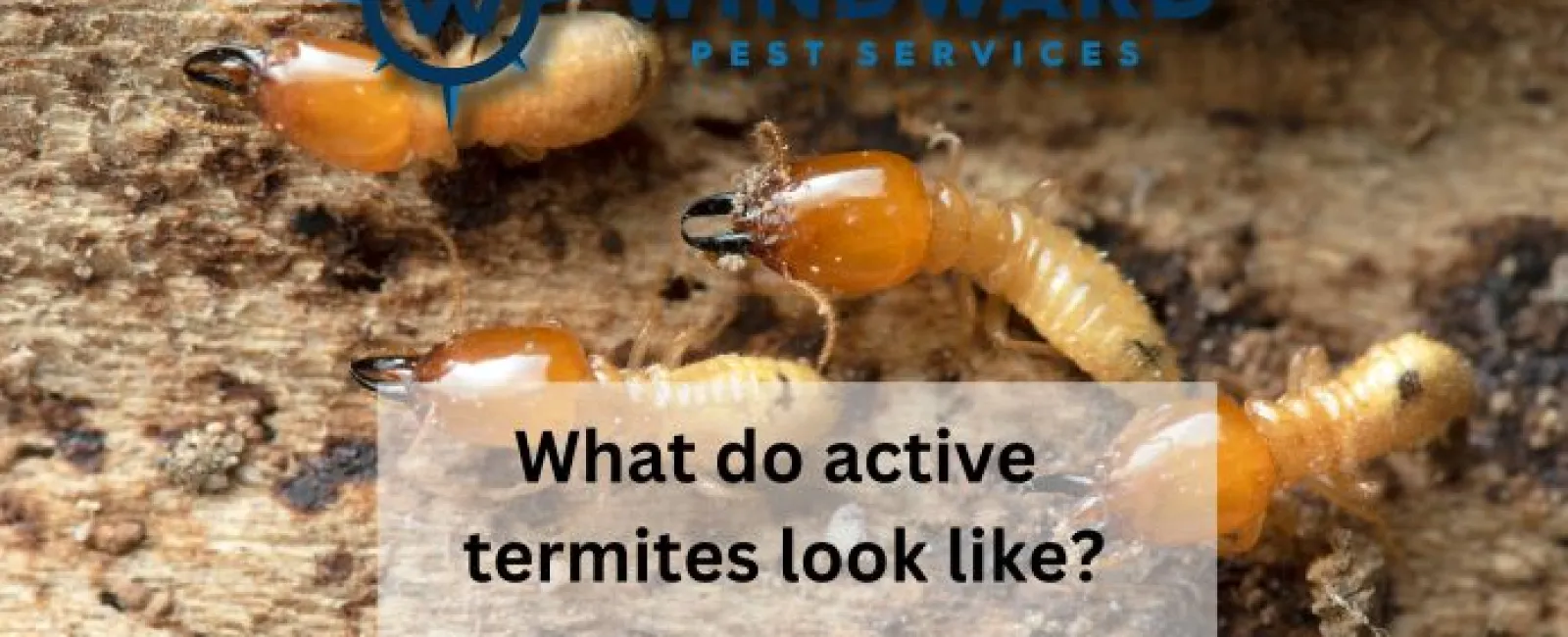Termites, often referred to as "silent destroyers," can wreak havoc on homes and structures without showing obvious signs. Recognizing the presence of these elusive pests is crucial for early detection and effective pest control. In this article, we'll explore what active termites look like, drawing insights from the experienced team at Windward Pest Service.
Identifying Active Termites: Termites come in various species, but in general, active termites share certain characteristics that distinguish them from other insects. Here's what the experts at Windward Pest Service advise homeowners to look for:
Color and Size: Active termites are typically pale or translucent in color. Workers and nymphs are generally smaller, ranging from 1/8 to 1/4 inch in length. Winged termites, known as swarmers or alates, are often larger, with wings that extend beyond their bodies.
Antennae: Termites have straight, beaded antennae, which is a key feature that sets them apart from ants. Ants, on the other hand, have elbowed antennae.
Body Segmentation: Termites have a relatively uniform body structure without a distinct waist, while ants have a noticeable constriction between their thorax and abdomen.
Wings: The presence of wings is a crucial indicator of active termites. Swarmers, the reproductive members of termite colonies, have two pairs of wings of equal length. Once they shed their wings, you may find discarded wings near windowsills or on the ground.
Behavioral Signs: Active termites are often hidden within wood or soil, making them challenging to spot. However, homeowners may notice mud tubes along foundations or walls. These tubes serve as protective tunnels for termites to travel between their nests and a food source.
Understanding what active termites look like is the first step in effective termite control. Windward Pest Service emphasizes the importance of regular inspections, especially in areas prone to termite activity. Early detection can prevent extensive damage to structures and save homeowners from costly repairs.

